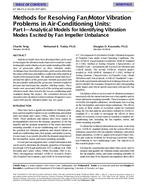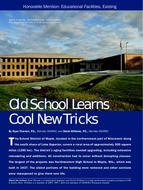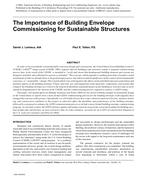The purpose of the project described in this paper was to accelerate the design, development, and commercialization of energy-efficient residential refrigerator-freezers. Early in the project, it was concluded that nationwide energy savings resulting from the development of a new high efficiency refrigerator design would only be realized’through successful marketing of the product. Therefore, a preliminary assessment was made to identify the sector of the marketplace to which the refrigerator-freezer design should be aimed. The factors examined were:
defrost features;
size (food storage capacity) ;
ratio of freezer to fresh food compartment volumes;
cabinet style: top mount, side-by-side, bottom mount.
Recent sales data clearly showed that the top mounted freezer unit with automatic defrost holds the major share of sales, and typically, these units have a freezer to fresh food compartment volume ratio of approximately 1/3.
A survey of food consumption and food storage trends, family size, and consumer buying habits suggested a decrease in the historically high annual growth rate of the average refrigerator-freezer size sold.
Eighteen energy saving options were considered for the target market. An evaluation of the likely acceptance of the design options was made using a rating system combining the impact of energy savings, noise, size and life.
Seven options were selected in the development phase of the program and underwent comprehensive computer analysis and prototype testing in facilities at Amana Refrigeration, Inc.
Citation: Symposium, ASHRAE Transactions, Volume 87, Part 2, Cincinnati, Ohio
Product Details
- Published:
- 1981
- Number of Pages:
- 9
- File Size:
- 1 file , 880 KB
- Product Code(s):
- D-CI-81-08-3


